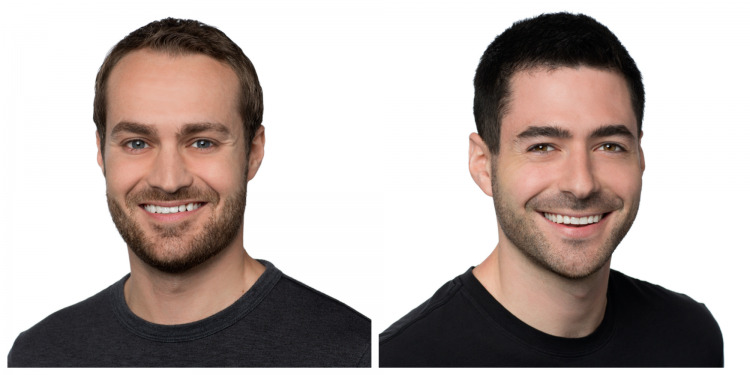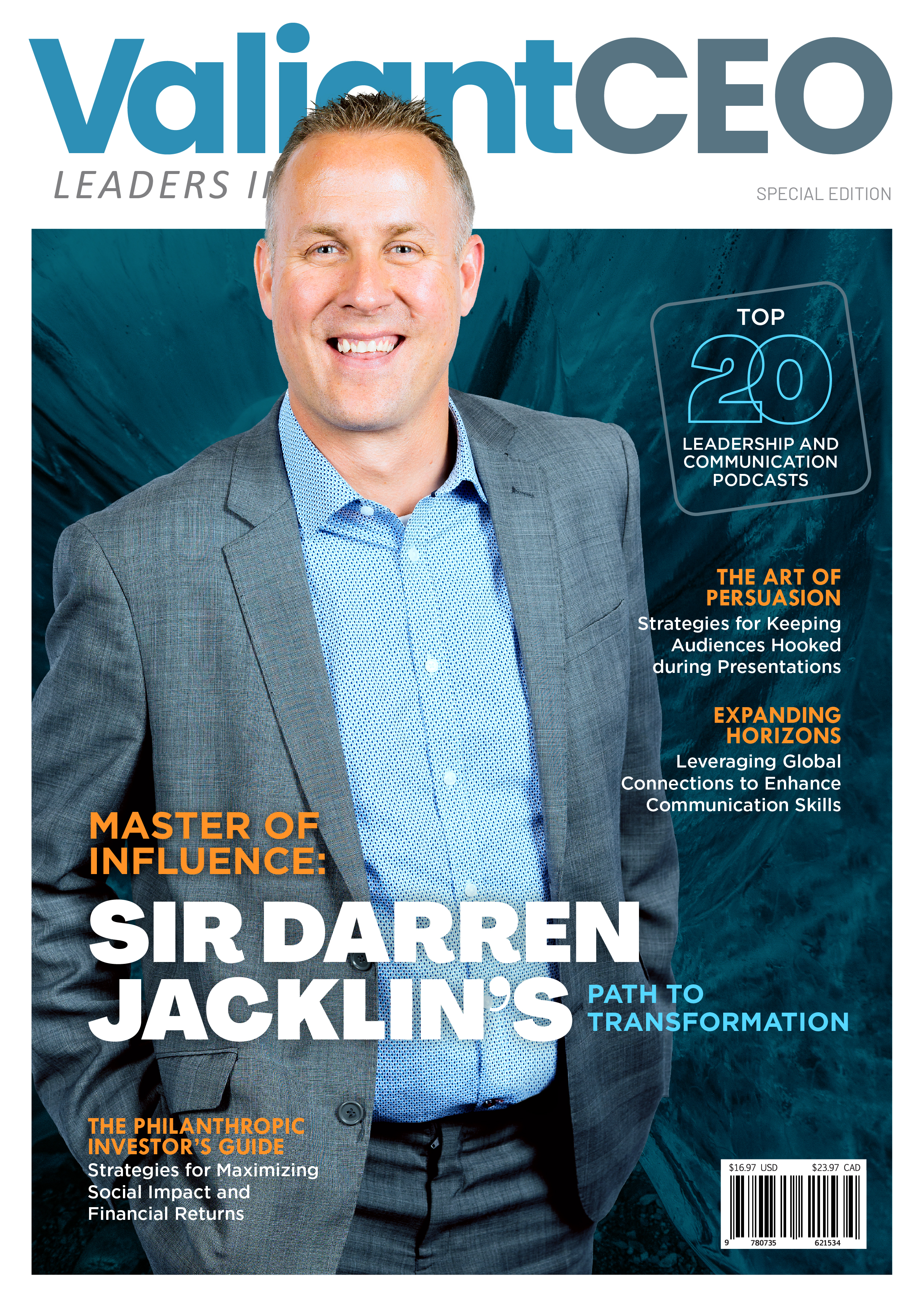Phil Santoro and David Kolodny used to work at Google in 2013, before eventually deciding to leave the company to start their own venture. At Google, Phil started out as an associate account strategist and became a mid-market strategist, while David worked as an account strategist before becoming a product specialist. The two former Google employees got together and formed Wilbur Labs.
At Wilbur Labs, Phil Santoro and David Kolodny have created a “startup studio” based in San Francisco, California. The company focuses on bringing to life bold, unique, and creative business ideas, and investing in their success as market-leading companies. Currently, the company has built up an impressive portfolio, consisting of Vacation Renter, Vitabox, Joblist, Nomad, Barkbus, and Stealth. Vacation Rental helps guests book their dream vacation rentals; Vitabox provides “everyday essentials at unbeatable prices;” Joblist personalizes your job hunting; Nomad automates your inventory management; Barkbus brings dog grooming to your doorstep; and Stealth takes care of your insurance and meetings needs.
Both Phil Santoro and David Kolodny have enjoyed success at Wilbur Labs. For example, VacationRenter earned $100 million in gross bookings in 2018, which they expected to rise to $600 million in 2019. VacationRenter earns money by “collecting home-share listings” from the internet and “taking a referreal fee or share of bookings” when users eventually click through to other sites to make their bookings.
Check out more interviews with startup visionaries like Phil Santoro and David Kolodny here.
Jerome Knyszewski: Thank you so much for joining us in this interview series! Before we dive in, our readers would love to “get to know you” a bit better. Can you tell us a bit about your ‘backstory’ and how you got started?
Phil Santoro: Thank you for having us. My journey as a founder started early. I founded my first tech company when I was 14, and sold my second business to a public company in college. After college I went to work at Google, where I met David. We both started on the same team, on the same day, back in 2013. We moved teams multiple times and sat next to each other for over two years. We realized early on that both of us wanted to start a company, since I had started a company before Google, and David had been working on several start-ups. David and I had a recurring dinner every week where we would grab food at the same restaurant and brainstorm startup ideas. We ultimately realized we wanted to solve problems across multiple industries, and decided to launch a startup studio.
Jerome Knyszewski: Can you tell us a story about the hard times that you faced when you first started your journey? Did you ever consider giving up? Where did you get the drive to continue even though things were so hard?
Phil Santoro: Wilbur Labs is a startup studio, which means we are a company that builds companies. The biggest challenge for us back in 2016 was that there weren’t any wildly successful startup studios. The business model hadn’t been cracked and there was no playbook we could follow. We are very different from VCs and accelerators, in that we believe operational support and shared resources are much more valuable than just capital alone.
This meant that we had to rethink the best way to build companies, at the same time we were building our first batch of companies. We had to find market fit for our studio model at the same time we were finding fit for the companies we were building.
When David and I talk with founders, we always ask if they want to spend the next 5+ years of their life working on this. That is an important question, because it really does require at least 5 to 10 years to build something material. This long-term mindset helped us through every challenge, and has continued to be a major driver for us to this day.
Jerome Knyszewski: Can you share a story about the funniest mistake you made when you were first starting? Can you tell us what lessons or ‘takeaways’ you learned from that?
David Kolodny: Right after we left Google, Phil and I wanted to go away to brainstorm ideas outside of the office — which was Phil’s living room at the time. After reviewing some options, we decided on a trip to Yosemite. The trip was amazing, but we soon realized that WiFi wasn’t so easy to come by there. When we weren’t hiking or exploring Yosemite Valley, we were driving around to different hotels trying to find a public WiFi connection from our car in the parking lot so we could brainstorm and research some of our initial ideas.
The takeaway: whenever you are going on an offsite, always confirm WiFi access and speeds.
Jerome Knyszewski: Based on your experience and success, what are the five most important things one should know in order to lead a company from Good to Great? Please share a story or an example for each.
Phil Santoro: I can share a few and then David can jump in.
Solve problems you can solve better: this is a big one, and at the core of our studio thesis at Wilbur Labs. Building a great company takes a combination of extreme focus from people who can solve a problem better than others, and dedication over a very long period of time. If you aren’t committed for 5 to 10 years, or don’t think you are the best person to solve that specific problem, then it likely makes sense to pick a different direction.
Create a plan: if you feel stuck going from good to great, go back and create a new plan based on what you know. Having a solid plan is very important for making the jump. This doesn’t mean that you can follow this plan completely because there’s no such thing as a bullet proof plan. However, moving forward with a plan is always better than going in with no plan.
Adapt: the best entrepreneurs are comfortable being uncomfortable, adapting as they go. Even with a great plan, you will always have to adapt and evolve along the way. This won’t change no matter how successful you are.
David Kolodny: All great points! Adding a couple.
Learn from experiences and mistakes: when leading a company, making mistakes is an inevitability. How you react and learn from mistakes is optional, and it is critical to apply learnings from mistakes in order to improve overall organizational effectiveness. Flying offers a great perspective on this — the only reason flying is safe today is because of the mountain of mistakes and learnings that have come before. Pilots follow checklists and protocols that have been battle-tested and improved over all the decades of flights that have come before them.
Execution is everything: all the above points are worthless if you don’t execute and show up everyday. One of our values is inspired by George S. Patton’s quote where he says, “A good plan violently executed now is better than a perfect plan executed next week.” Planning is critical, but is not a substitute for action. Going from good to great requires a tremendous amount of output, and execution is the driving force for how you will get there.
Jerome Knyszewski: Extensive research suggests that “purpose driven businesses” are more successful in many areas. Can you help articulate for our readers a few reasons why a business should consider becoming a purpose driven business, or consider having a social impact angle?
Phil Santoro: As I mentioned earlier, it’s very difficult to build something great unless you dedicate 5 to 10 years towards that goal. It’s also very difficult to dedicate 5 to 10 years to something that doesn’t have a purpose bigger than just generating revenue. There are many ways to define purpose driven business, the bottom line is that working towards driving positive change is what will keep you going long-term — not quarterly revenue targets.
Jerome Knyszewski: As you know, “conversion” means to convert a visit into a sale. In your experience what are the best strategies a business should use to increase conversion rates?
David Kolodny: While specific conversion optimization tactics are unique to every business, investing in data and testing are universally important to increasing conversion rates. If you are not collecting data, and rapidly deploying A/B tests, there is no way to methodically increase your conversion rates.
Once you have the right data and testing systems set-up, it is important to collect testing ideas from teammates and customers, so that you can prioritize the most high-impact ideas.
Jerome Knyszewski: Of course, the main way to increase conversion rates is to create a trusted and beloved brand. Can you share a few ways that a business can earn a reputation as a trusted and beloved brand?
David Kolodny: Building a beloved brand is reliant upon solving problems for customers. The strongest brand relationships are when you can fully rely on a company to help you with whatever brings you to them time and time again.
Earlier, you mentioned “purpose-driven” businesses. The best and most beloved brands are truly purpose-driven, and effectively communicate that to their customers. Brand marketing is very important, but it should be the last 10% of your efforts. 90% of building a beloved brand is building a great product, or delivering a great service — it is ultimately fulfilling your mission for the customers.
Jerome Knyszewski: How can our readers further follow you online?
David Kolodny: I’m on LinkedIn and also write on the wilburlabs.com blog.
Phil Santoro: I’m most active on Twitter and LinkedIn.
Jerome Knyszewski: This was very inspiring. Thank you so much for the time you spent with this!







